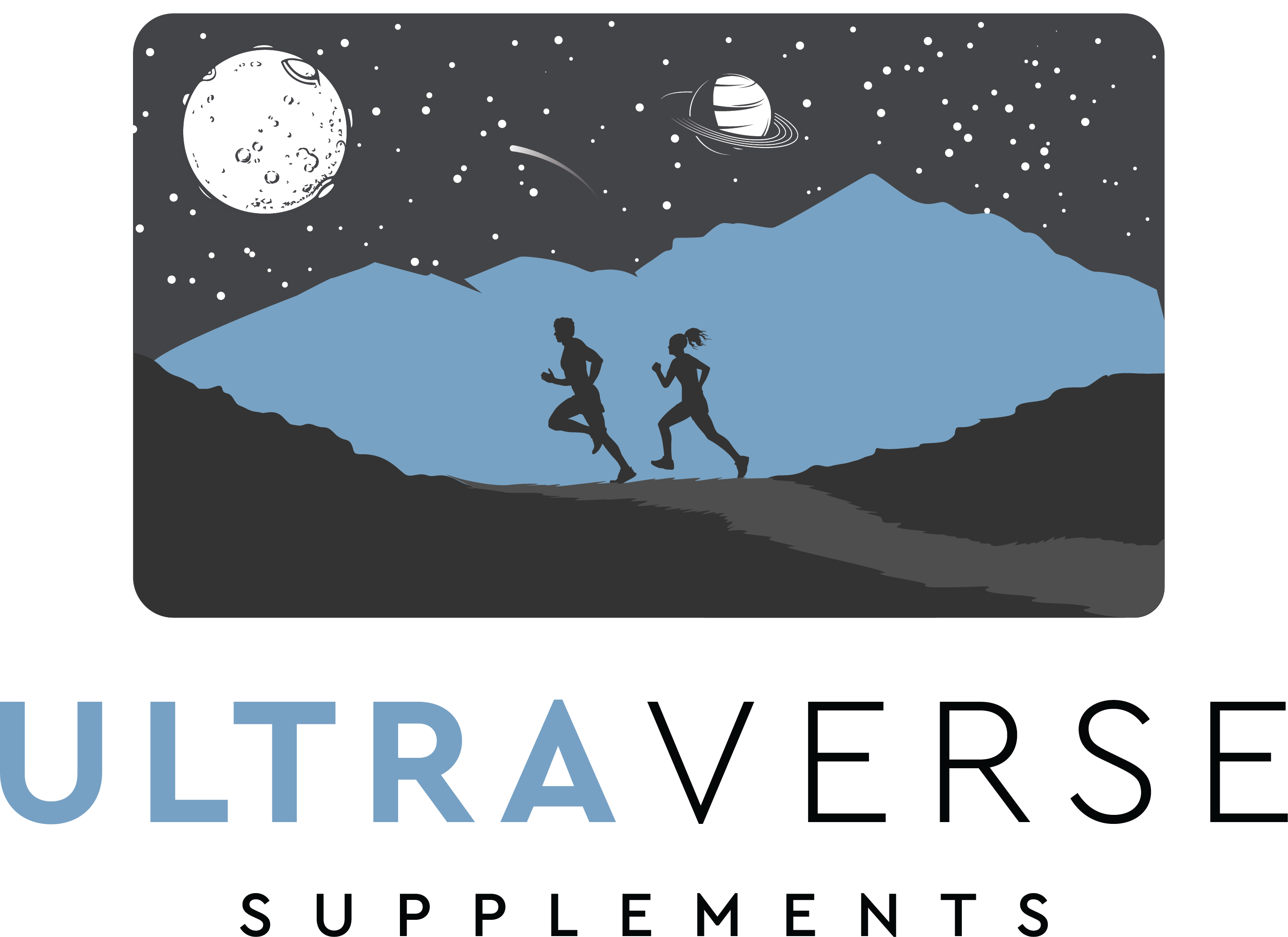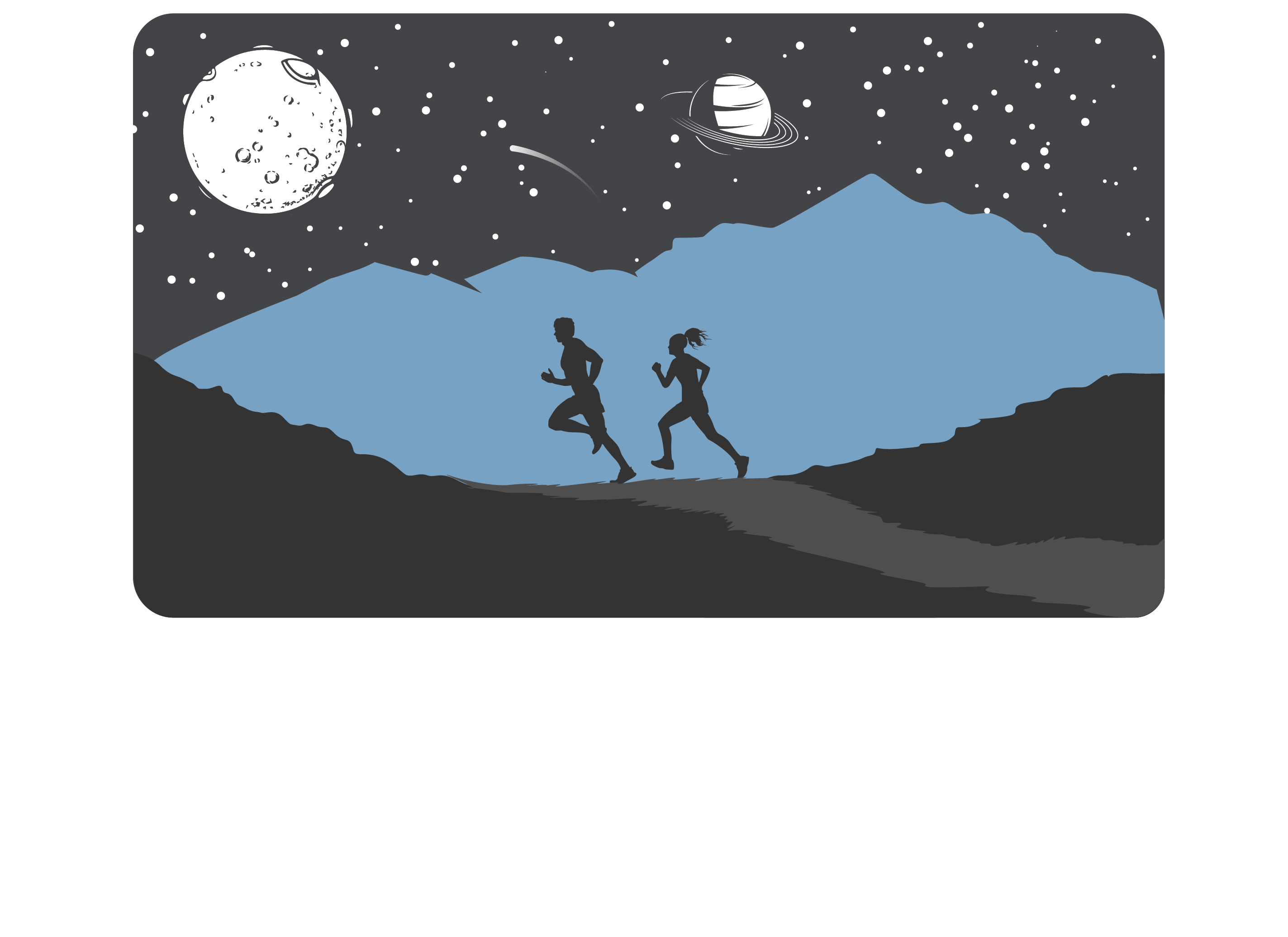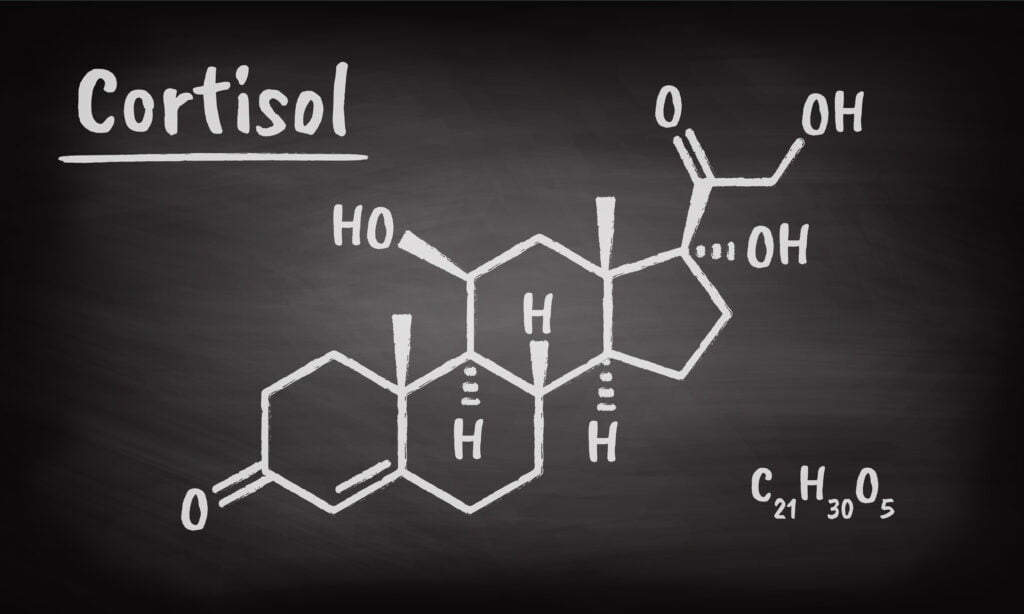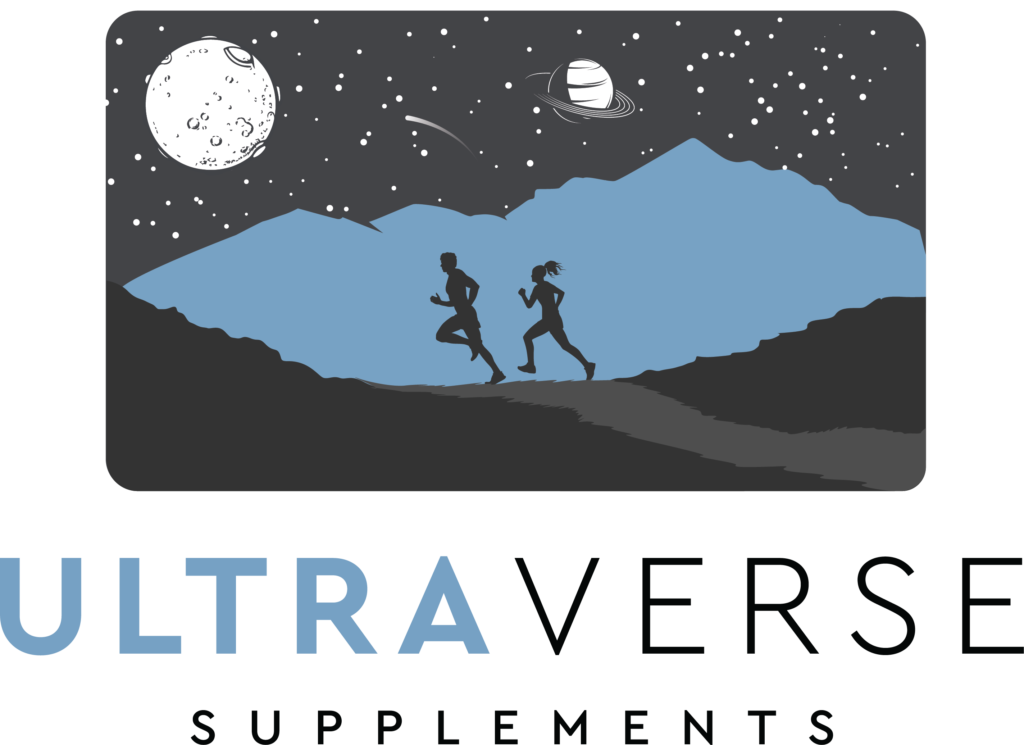Uncategorized
Cortisol in Endurance & Ultra-Endurance Sport. Keep it in Check.
CORTISOL AND ITS IMPACT IN ENDURANCE SPORT
 Cortisol. We’ve all heard it termed “the stress hormone.” What many forget is that cortisol is our friend, as long as it is held in check. Our bodies require cortisol for various aspects of survival, but when cortisol becomes CHRONICALLY elevated, we run into problems. How does cortisol become chronically elevated? An oversimplified answer would be that it happens when we are chronically stressed. A slightly less simplified explanation might be – cortisol starts to become chronically elevated when there is an imbalance between the time spent in a sympathetic state and the time spent in a parasympathetic state. Let me explain just a bit.
Cortisol. We’ve all heard it termed “the stress hormone.” What many forget is that cortisol is our friend, as long as it is held in check. Our bodies require cortisol for various aspects of survival, but when cortisol becomes CHRONICALLY elevated, we run into problems. How does cortisol become chronically elevated? An oversimplified answer would be that it happens when we are chronically stressed. A slightly less simplified explanation might be – cortisol starts to become chronically elevated when there is an imbalance between the time spent in a sympathetic state and the time spent in a parasympathetic state. Let me explain just a bit.
SYMPATHETIC: FIGHT OR FLIGHT

The sympathetic nervous system, also termed “fight or flight,” is usually what state we are in when we are at work, paying bills, yelling at the dog, cleaning up puke from the dog, cleaning up poop from the cat, having a friendly “debate” with the wife/husband, and, oh yeah, when we train. Essentially, anything that isn’t relaxing and promoting rest is sympathetic. When we are in a sympathetic state, our body bumps up cortisol production. This is a good thing; we NEED cortisol to optimally handle stress.
PARASYMPATHETIC: REST AND DIGEST
The parasympathetic nervous system is commonly termed as the “rest and digest” state. It is what it sounds like; it’s initiated when we are at rest, relaxing, and having fun. The parasympathetic state puts the brakes on cortisol (also a good thing), lowering cortisol when it’s no longer needed.
This happens when you are sleeping, meditating, laughing, playing with the kids (as long as they’re not pissing you off), getting a massage, and even going for a walk in nature. Exercise CAN be relaxing and parasympathetic as well, but this usually isn’t the case when it comes to focused training.
ENDURANCE ATHLETES ARE PARTICULARLY SUSCEPTIBLE
It’s well established that endurance athletes are more susceptible to chronically elevated cortisol levels than the general population (Skoluda et al., 2012). Relative to endurance exercise, cortisol rises in proportion to intensity. So during high-intensity efforts, cortisol production will be supercharged, once again – a good thing. This extra “hit” gives you the boost you need to do those hard workouts. When it comes to lower intensity aerobic exercise, cortisol is still elevated, but not to the degree of high-intensity efforts. But it’s not really the degree to which cortisol is elevated that presents the problem. It’s how LONG cortisol is elevated and whether or not it’s going down sufficiently between efforts.
Here’s an example. If you do a 30-minute high-intensity training session, cortisol will spike abruptly and stay high throughout that 30 minutes. But, what about if you go swim 30 minutes, bike for 1.5 hours, and run for another 1 hour at a much lower intensity? True, your cortisol might not be elevated to the degree that it was in the 30 minutes of high intensity, but it will still be elevated. Additionally, it will be elevated for 5 times as long. Another way to think about it might be: you now have 2.5 hours less time allowed for cortisol to return to normal levels in your day compared to when you did the high-intensity training for 30 minutes.
In today’s world, relaxation is hard to come by, and we only have 24 hours in a day. See where I’m coming from? Additionally, I think you’d agree that even a 3-hour effort is of modest duration when it comes to many of our longer training efforts – weekend long runs, ultra-marathon and ironman training, etc. So this is where the problem lies, in this imbalance.
EFFECT ON PERFORMANCE

When cortisol becomes chronically elevated, the effect on performance can be dramatic. Although tempting, I decided not to bore you to death with the pathophysiology of the how and why. Instead, here are some straightforward reasons why you DO NOT want this to happen.
- Negatively impacts hormones
- Suppresses immune system
- Impairs recovery
- Increases risk of injury
- Breaks down muscle, and stores fat – negatively impacting body composition
- Increased inflammation
- Increased fatigue
- Negatively impacts bone health and ligament health
- Decreases quality of sleep
- And more! But hopefully, that’s enough.
RECOGNIZE THE MOST COMMON SIGNS

Below is a list of the most common signs associated with chronically elevated cortisol levels. Obviously, these can all be present for other reasons in the short term. For example, a couple of nights of inadequate sleep or a few too many adult beverages could cause most of the things on this list. But, if you’ve been experiencing multiple symptoms from this list on an ongoing basis, it might be time to put the brakes on.
- Mood swings
- Frequent illness
- Muscle loss and/or fat gain
- Elevated HR
- Performance decline
- Fatigue
- Loss of motivation
WAYS TO PREVENT CORTISOL FROM BECOMING CHRONICALLY ELEVATED
Prepare your body
Evidence suggests that cortisol responds more favorably during and after exercise in well-trained individuals (Popovic et al., 2019). It might seem counterintuitive, but you NEED those long, hard efforts. Keep doing them, but pay extra attention to the other strategies in this section. On the other hand, if you are CURRENTLY experiencing several signs from the list above, it’s time to back off. In this case, a couple of weeks off from training is probably a good idea. A hormone test is likely justifiable as well.

Meditation/mindfulness routine
Give meditation a try. There are tons of great apps and resources available to help you get started. Research shows that meditation results in reduced serum cortisol (Turakitwanakan et al., 2013). Remember, like anything, meditation takes practice to become proficient. A deep breathing routine has also been shown to lower cortisol (Perciavalle et al., 2017).
Get enough sleep
Sleep is essential for too many reasons to mention, endurance athlete or otherwise. Obtaining adequate sleep is critical for keeping cortisol levels in check (Leproult et al., 1997).
Stay hydrated
Make sure you’re staying hydrated both during training and in daily life. When you’re dehydrated, cortisol rises (Maresh et al., 2006).
Make time for rest
Always PLAN for rest and relaxation. If you don’t make it a priority, it probably won’t happen. A training program that incorporates periodization can be useful in this regard.
Have Fun!
Doing things that make you happy is one of the best things you can do to lower cortisol (Steptoe et al., 2009). Laughter, spending time outdoors, and taking up hobbies will all prove beneficial.

Eat a healthy diet
What you eat can very much influence cortisol. Of course, what you eat very much depends on your particular diet. We believe there are no “one size fits all” diets for ultra-endurance sport or otherwise. Use common sense and be mindful of what you’re putting into your body.
Recovery after training
Proper recovery after training is essential for keeping cortisol levels from creeping up. Take advantage of the 30-minute recovery window by immediately consuming a drink or meal with a 3:1-4:1 carbohydrate to protein ratio (if your diet allows). This is most easily done in the form of a rapidly digesting drink, such as Terminus. Ingesting adequate carbohydrates during long efforts and immediately following all training sessions keeps cortisol in check and ensures optimal glycogen replenishment.
Besides carbs and protein, additional vitamins, minerals, and electrolytes are beneficial immediately following exercise. Terminus contains everything you need to recover optimally after a hard effort. Additionally, another high protein meal is recommended 1-2 hours post-exercise.
Supplements
Several supplements are incredibly beneficial when it comes to regulating cortisol levels. Ultra-endurance athletes place incredible demands on their bodies and minds. We believe that while in heavy training and competition, supplementation is absolutely necessary.
-
 Ashwagandha
Ashwagandha There likely is no better herb for endurance athletes than the adaptogen ashwagandha. Ashwagandha has been shown to significantly reduce cortisol and improve the quality of life in, particularly stressed individuals, with no adverse effects (Chandrasekhar et al., 2012). But the benefits for endurance athletes don’t stop there. Ashwagandha has been shown to improve cardiorespiratory endurance, increase energy, and improve endurance performance. It also has numerous health benefits unrelated to ultra-endurance sports. As with all supplements, quality is critical. KSM-66 is the GOLD STANDARD for ashwagandha extracts and is the extract typically used in the scientific literature. For more information on why you should settle for nothing less than KSM-66 as your ashwagandha, check out this blog. T – 30 contains 300mg of KSM-66 ashwagandha per serving.
-
Rhodiola Rosea
It is another excellent adaptogenic herb for endurance athletes. Rhodiola has been shown to safely decrease stress and cortisol, increase energy, and improve mental performance (Olsson et al., 2009). Also, Rhodiola has been shown to increase exercise capacity, reduce perceived effort, and ultimately improve endurance performance (Noreen et al., 2013). T – 30 contains 150mg of Rhodiola Rosea per serving. If you’d like to know more about the benefits of Rhodiola supplementation, check out this blog.
-
BCAAs
In addition to improving recovery, delaying mental fatigue, and reducing muscle breakdown, BCAA’s are also beneficial for cortisol regulation in endurance athletes. Studies show that supplementation safely reduces cortisol during prolonged training sessions and immediately after exercise (Tsuda et al., 2020). T – 30 contains 10g of BCAA’s per serving, while Terminus contains 4g per serving. Taking BCAA’s both before and after exercise ensures you reap all of the benefits they have to offer. For more in-depth information on the importance of BCAA’s for endurance athletes, check out this blog.
-
3:1-4:1 Carb/protein drink
As previously mentioned, a high-quality, post-exercise recovery drink is necessary for glycogen replenishment, cortisol regulation, and much more. Terminus IS that drink.
SUMMING IT UP
It doesn’t take a rocket scientist to see why endurance and ultra-endurance athletes are particularly susceptible to chronically elevated levels of cortisol. More time in training = more time in a sympathetic state. Additionally, extended duration and exhaustive exercise can leave cortisol elevated well after the activity has ended. Finally, we all have busy lives outside of training and running, right? It’s not like we are allowed to just relax and “chill” after our workouts. HELL NO! Now it’s off to the puke and poop parade!
Here’s the truth, very few endurance or ultra-endurance athletes receive sponsorship or make any money from the sport. Quite the opposite actually, the sport costs them money, often a significant amount, ADDING to the stress. The reality is that outside of training, the vast majority of endurance athletes have jobs, families, and various other responsibilities. They generally don’t have loads of extra time for dedicated relaxation. The good news is that by incorporating the above strategies, athletes CAN keep cortisol in check.
So don’t worry about it too much! Seriously…don’t; that will elevate cortisol.
Disclaimer – Use common sense, and always listen to your doctor over a blog post. They know more about your personal health situation than anybody behind a keyboard. As someone who has a Graduate degree in Clinical Nutrition, I realize the variance that certain medical conditions create when it comes to optimal nutrition and supplementation. If you have underlying medical conditions, always check with your doctor before starting a new supplementation routine.
REFERENCES
Chandrasekhar, K., Kapoor, J., & Anishetty, S. (2012). A Prospective, Randomized Double-Blind, Placebo-Controlled Study of Safety and Efficacy of a High-Concentration Full-Spectrum Extract of Ashwagandha Root in Reducing Stress and Anxiety in Adults. Indian Journal of Psychological Medicine, 34(3), 255–262. https://doi.org/10.4103/0253-7176.106022
De Bock, K., Eijnde, B. O., Ramaekers, M., & Hespel, P. (2004). Acute Rhodiola rosea intake can improve endurance exercise performance. International Journal of Sport Nutrition and Exercise Metabolism, 14(3), 298–307. https://doi.org/10.1123/ijsnem.14.3.298
Kupchak, B., Kraemer, W., Hoffman, M., Phinney, S., & Volek, J. (2014). The Impact of an Ultramarathon on Hormonal and Biochemical Parameters in Men. Wilderness & Environmental Medicine, 25. https://doi.org/10.1016/j.wem.2014.03.013
Leproult, R., Copinschi, G., Buxton, O., & Van Cauter, E. (1997). Sleep loss results in an elevation of cortisol levels the next evening. Sleep, 20(10), 865–870.
Maresh, C. M., Whittlesey, M. J., Armstrong, L. E., Yamamoto, L. M., Judelson, D. A., Fish, K. E., Casa, D. J., Kavouras, S. A., & Castracane, V. D. (2006). Effect of hydration state on testosterone and cortisol responses to training-intensity exercise in collegiate runners. International Journal of Sports Medicine, 27(10), 765–770. https://doi.org/10.1055/s-2005-872932
Noreen, E. E., Buckley, J. G., Lewis, S. L., Brandauer, J., & Stuempfle, K. J. (2013). The effects of an acute dose of Rhodiola rosea on endurance exercise performance. Journal of Strength and Conditioning Research, 27(3), 839–847. https://doi.org/10.1519/JSC.0b013e31825d9799
Olsson, E. M., von Schéele, B., & Panossian, A. G. (2009). A randomised, double-blind, placebo-controlled, parallel-group study of the standardised extract shr-5 of the roots of Rhodiola rosea in the treatment of subjects with stress-related fatigue. Planta Medica, 75(2), 105–112. https://doi.org/10.1055/s-0028-1088346
Perciavalle, V., Blandini, M., Fecarotta, P., Buscemi, A., Di Corrado, D., Bertolo, L., Fichera, F., & Coco, M. (2017). The role of deep breathing on stress. Neurological Sciences: Official Journal of the Italian Neurological Society and of the Italian Society of Clinical Neurophysiology, 38(3), 451–458. https://doi.org/10.1007/s10072-016-2790-8
Popovic, B., Popovic, D., Macut, D., Antic, I. B., Isailovic, T., Ognjanovic, S., Bogavac, T., Kovacevic, V. E., Ilic, D., Petrovic, M., & Damjanovic, S. (2019). Acute Response to Endurance Exercise Stress: Focus on Catabolic/anabolic Interplay Between Cortisol, Testosterone, and Sex Hormone Binding Globulin in Professional Athletes. Journal of Medical Biochemistry, 38(1), 6–12. https://doi.org/10.2478/jomb-2018-0016
Skoluda, N., Dettenborn, L., Stalder, T., & Kirschbaum, C. (2012). Elevated hair cortisol concentrations in endurance athletes. Psychoneuroendocrinology, 37(5), 611–617. https://doi.org/10.1016/j.psyneuen.2011.09.001
Steptoe, A., Dockray, S., & Wardle, J. (2009). Positive affect and psychobiological processes relevant to health. Journal of Personality, 77(6), 1747–1776. https://doi.org/10.1111/j.1467-6494.2009.00599.x
Tsuda, Y., Murakami, R., Yamaguchi, M., & Seki, T. (2020). Acute supplementation with an amino acid mixture suppressed the exercise-induced cortisol response in recreationally active healthy volunteers: A randomized, double-blinded, placebo-controlled crossover study. Journal of the International Society of Sports Nutrition, 17. https://doi.org/10.1186/s12970-020-00369-2
Turakitwanakan, W., Mekseepralard, C., & Busarakumtragul, P. (2013). Effects of mindfulness meditation on serum cortisol of medical students. Journal of the Medical Association of Thailand = Chotmaihet Thangphaet, 96 Suppl 1, S90-95.




 Ashwagandha
Ashwagandha 